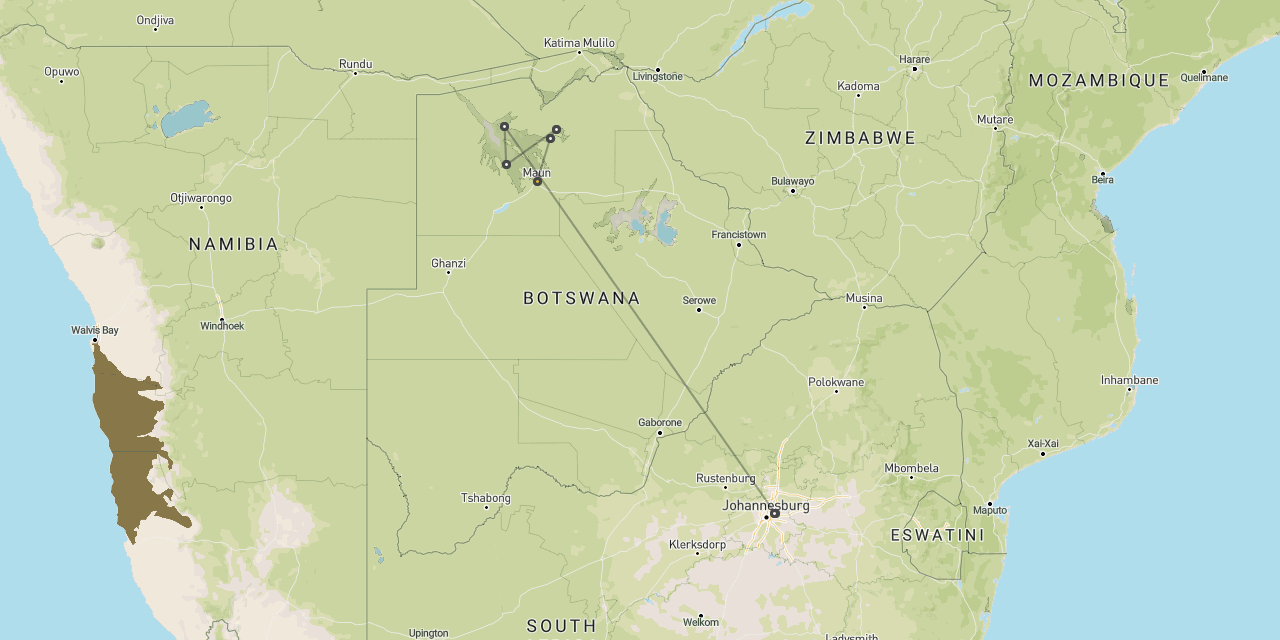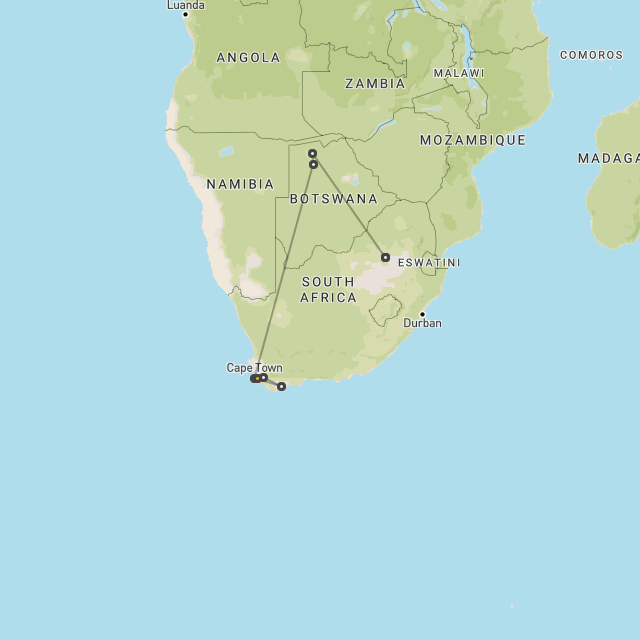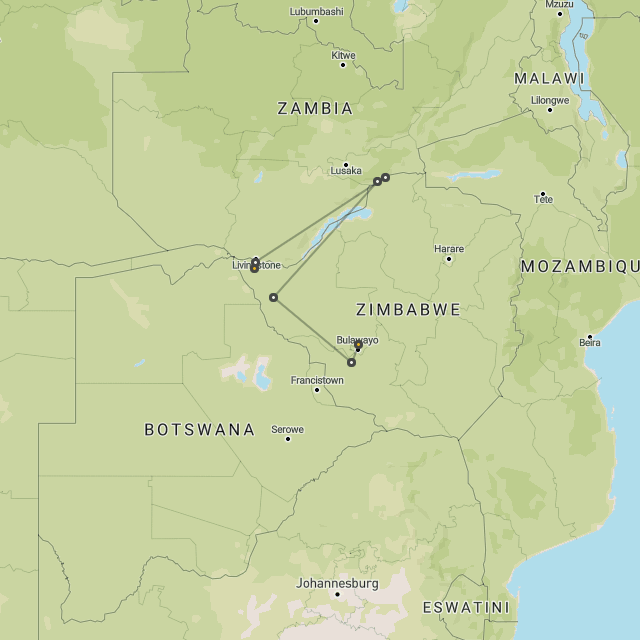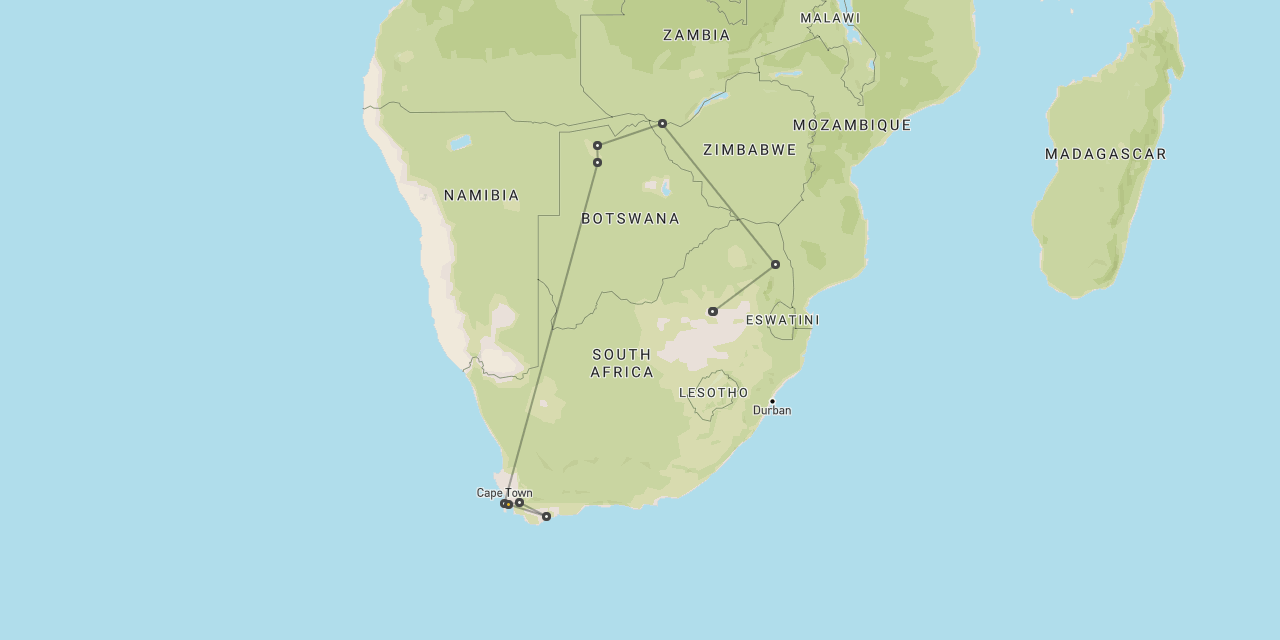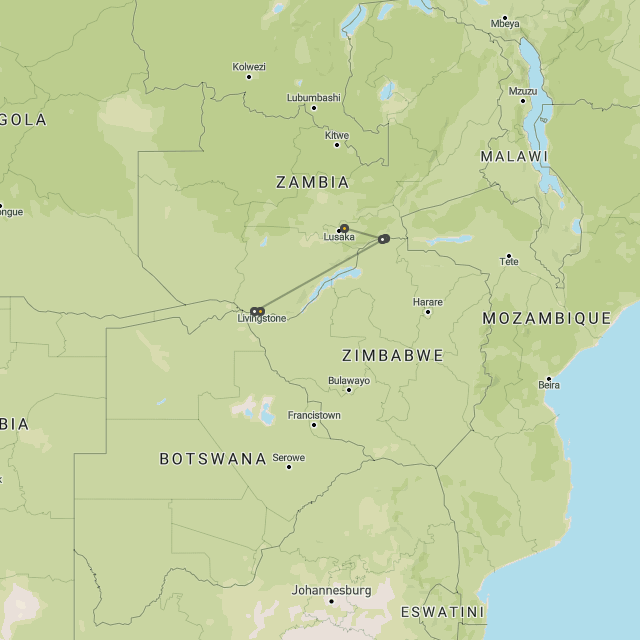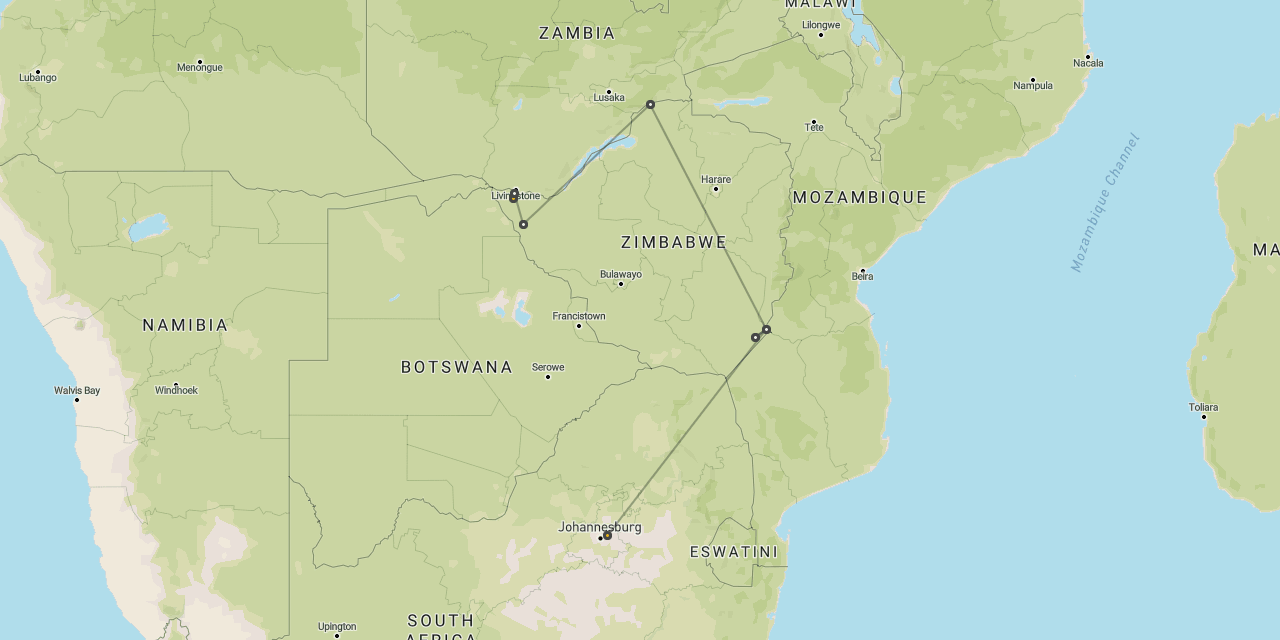
Wild-dog safaris
Wild-dogs
are the most ruthless, relentless, efficient
and sociable predators in Africa

dogs are so much more sociable than cats
On safari, there understandably tends to be a lot of focus on the big cats, but the more times you spend in the bush, the more you come to appreciate the dogs.
In Africa, the primary species is the African wild-dog, a true apex predator that will challenge cheetahs, leopards, hyenas and even lions if the numbers are in their favour.
In Asia, the equivalent species is most commonly referred to as dholes, which also hunt in packs, but which struggle to prosper in the smaller conservation areas.
In South America, the dog-like equivalents are categorised under a separate sub-tribe and include maned wolves and bush dogs.
On this page, we explain how best to include these animals into your safari.
Frequently asked questions
African wild-dogs (also known as Cape hunting dogs and painted dogs), are amongst the top predators in Africa, they are both awesome killing machines and wonderful, sociable creatures.
Despite the name, wild-dogs are not feral. They belong to a unique wild species which has, to our knowledge, never been successfully domesticated.
These days wild-dogs are considered to be very much a weather-vane species for conservation since they have the largest home ranges of any mammal and they are amongst the most sensitive animals to human encroachment since they are both susceptible to catching canine distemper from domestic dogs and they are widely considered to be vermin and exterminated by poisoning or shooting.
Wild-dogs are extremely elusive creatures, moving around so much that they are very much here one minute gone the next. Tracking them down is virtually impossible, sightings are usually more down to luck than judgement.
The major exception is when the dogs go to den, when they remain resident in one spot for six to ten weeks. The best locations for viewing wild-dogs are therefore those camps which host active den sites.
The prime safari areas of northern Botswana have experienced a massive increase of wild-dogs since around 2018 and they are now the dominant predator in some places. This is in great contrast with preceding decades when sightings used to be very rare and packs much smaller.
We suspect that this change may have come about due to the cessation of trophy hunting in surrounding areas over these years. We have heard unconfirmed reports that even apparently respectable hunters would think nothing of exterminating a whole pack ‘just for fun’. Hopefully those days have now passed.
There are several lodges which have been able to report dog dens on their patch more years than not in recent times, including Lagoon Camp, Lebala Camp, Duma Tau Camp and Savuti Camp, all of which are located in the Linyanti Waterfront area of northern Botswana.
Another area which has been experiencing reliable den sightings is Splash Camp and Kwara Camp in the Okavango Delta.
In all these spots, the dogs most often go to den around the middle of May, with pups starting to emerge above ground from the middle of June and interesting sightings usually run through into early August.
Another place with an excellent reputation for wild-dogs is Vundu Camp in the Mana Pools area of northern Zimbabwe, where owner Nick Murray has been working with the local populations for many years and is a renowned expert.
In Kenya, we’re not quite sure why, but wild-dog populations appear to be quite healthy in the Laikipia and Samburu areas to the north. We have had good sightings at Ol Malo Lodge in particular, but there are regular reports of sightings from other properties too.
There’s not much wild-dog action to be had in Tanzania. Although there are populations, den sites remain elusive and sightings are therefore intermittent.
The best chances are probably in southern parts of the Serengeti, especially in the southwest corner during the Dec-Mar migration season, when camps like Serian Kakessio keep a special eye out for packs. We have also occasionally encountered dogs in the Gol Mountains area a little further east.
In the south of Tanzania, there are wild-dogs in Selous (Nyerere). Although the populations are small, we have usually managed to bump into them at some point during a visit.
We should perhaps also mention Tony Fitzjohn’s wild-dog breeding and reintroduction project which operates out of Mkomazi National Park in northeast Tanzania, although the facility is unfortunately not really focused on hosting guests.
We are not aware of anywhere in Zambia which really can deliver reliable wild-dog sightings, although we have had reports that Chindeni Camp in the South Luangwa area is as good as anywhere.
northern Botswana is the prime spot for dogs

Also known as dholes, Indian wild dogs, whistling dogs and red dogs, Asian wild-dogs may only be distantly related to their African cousins, but they are very similar in their habits, being highly sociable and able to take down a wide range of prey species.
Because Asiatic wild dogs also like to hunt across vast home ranges, they are hard-pressed to survive in the relatively small conservation areas that characterise India and Southeast Asia.
It is thought that there may only be around 2500 animals remaining in the wild.
Dholes are still being given very little attention by safari operators and guests, in the same way that they were widely disrespected in Africa, until they were brought into the limelight by several high profile wildlife documentaries.
They are probably best encountered at Bandhavgarh, Kanha, Kaziranga and Ranthambore.
dholes are still being given very little attention

The dog-like animals of South America are separated from the Old World Canini (wolves, wild-dogs, dholes and jackals) under the sub-tribe grouping of Cerdocyonina.
The largest of these animals, the maned wolf, is a really funny-looking creature. No surprise that it’s commonly called ‘a fox on stilts’, with its supermodel legs.
The official distribution maps show that populations are largely centred on southern Brazil, crossing over into Paraguay and Bolivia, but we know for a fact that they also roam into southeast Peru.
It almost goes without saying that these creatures are very elusive and difficult to spot. There are guides who have been travelling this continent for decades without catching sight of a single one.
Yet there is one location where sightings are virtually guaranteed. In a remote part of central Brazil, 1500 km (900 miles) north of Rio de Janeiro, there is a little-known reserve called Nascentes do Parnaíba. There lies the suitably-named Wolf Valley Camp and its sister property Wolf Cliffs Camp, where sightings are almost daily.
As a bonus for travelling to such a remote spot, you should also be rewarded with encounters with rare tool-using capuchin monkeys and fabulous hyacinth macaws.
As well as the maned wolf, the Cerdocyonina grouping includes a couple of really attractive smaller canines.
Bush dogs are short-legged animals which look remarkably like wild corgis. Their amusing appearance and their famously sociable lifestyle makes them a highly attractive sighting.
Short-eared dogs are slightly larger, have short-cropped brown-grey fur and are equally attractive.
Both of these animals live in the tropical forests of South and Central America, but are incredibly elusive. Again, we are unaware of any locations where they can be seen with any reliability, although we do have friends who are presently working on it.
the long and the short of dogs

let us know about your specific interests
and we will help build an amazing safari

Extraordinary tailor-made adventures,
from earthy and edgy to easy and extravagant
From around USD 2500 per person, you set the ceiling
Sample Trips
Here are some of our popular trip shapes

Get started on your trip
It’s never too soon to get in touch, we are here to help with every stage of your planning.
